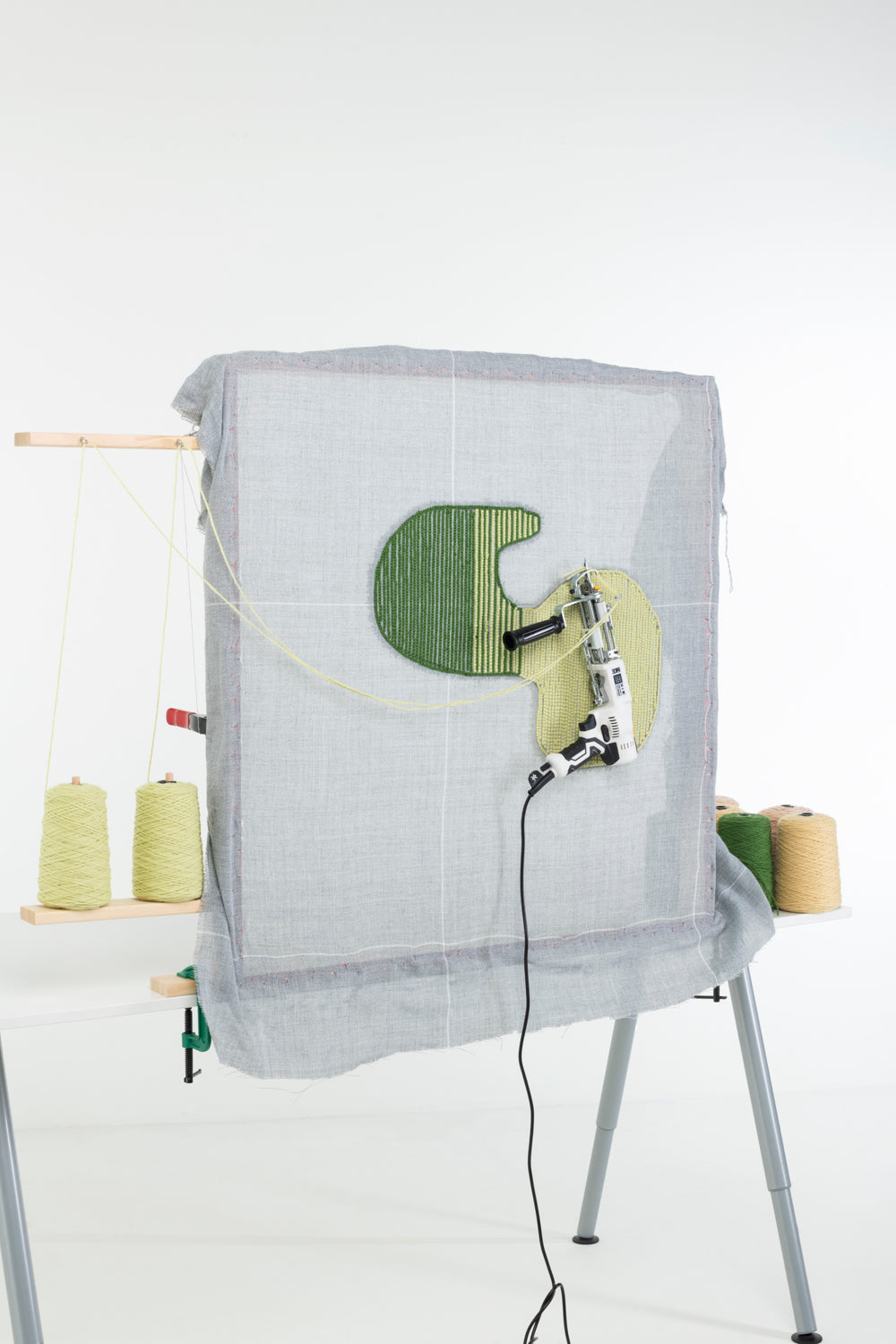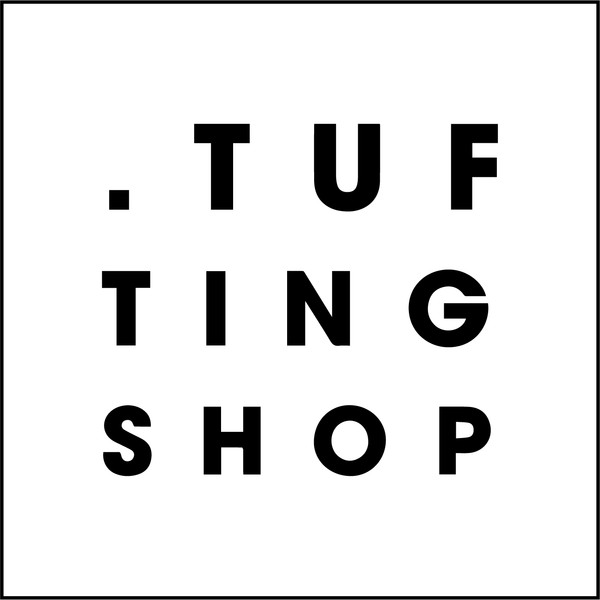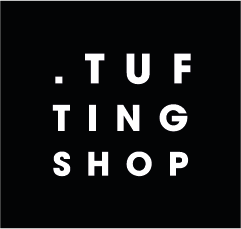
Everything You Need to Know About Primary and Secondary Backing for Tufting
Share
A successful tufting project starts with a strong foundation. Choosing the right primary tufting cloth and secondary backing not only makes tufting easier, but also ensures a durable and professional-looking result. In this guide, we’ll break down the differences between backing fabrics, their pros and cons, and help you choose the best options for your next project.
What Is a Primary Backing?
The primary backing is the fabric you tuft into: the material your tufting gun or punch needle pushes yarn through. Popular materials include cotton, polyester, or a blend of both. Each fabric has unique properties that affect your workflow and final design.
When selecting your primary tufting cloth, consider:
- Your experience level: Are you a beginner or more advanced?
- Your project type: Do you need clean, precise lines or prefer organic, freeform designs?
- Your technique: Are you using a tufting gun or a punch needle?

Polyester Backing
Polyester or polyester-cotton blends are among the most popular choices for tufting. They are strong, durable, and easy to stretch tightly over a tufting frame, which is crucial for clean, even lines.
Because polyester maintains tension well, you won’t need to adjust the fabric as often while tufting. This helps you stay focused on your design and improves your overall workflow.
Best for:
- Tufting gun use
- Clean lines and sharp shapes
- Suitable for beginners
- Easy setup and consistent results
Cotton Backing
Looking for a more sustainable alternative? 100% cotton tufting fabric is a breathable, natural option that’s ideal for eco-conscious crafters. It's typically softer and more flexible than polyester, making it a great fit for punch needle projects where the needle should glide easily through the fabric.
However, this flexibility means cotton can lose tension more quickly. You may need to re-tighten your cloth while working, especially when using a tufting gun on precision-based projects.
Best for:
- Punch needle tufting
- Flexible, artistic designs
- Advanced tufters (using a tufting gun)
- Sustainable crafting
What Is a Secondary Backing?
Once your tufted design is complete, a secondary backing is glued to the back of the piece. This extra layer adds strength, prevents fraying, and helps your rug hold its shape over time. It also affects whether your piece is suitable for use on floors or as wall decor.

Cotton Backing
One of the most commonly used secondary backings is cotton fabric. It's a breathable, natural material that provides a clean and polished finish. The airflow helps regulate moisture, reducing the risk of mold or odors, especially on wall pieces or decorative rugs.
Bonus: Cotton is a more eco-friendly option compared to many synthetic backings.
Anti-Slip Backing
Anti-slip backings are essential for floor rugs, especially on smooth surfaces like tile or hardwood. These help prevent slipping and improve rug safety in high-traffic areas.
100% Cotton Mesh Backing
Cotton mesh is often used as an extra support layer. Its open weave allows glue to penetrate better and creates a stronger bond between the yarn and final backing.
Think of it as a stabilizing bridge that boosts your rug’s durability.
Benefits:
- Excellent glue absorption
- Improves overall stability
- Ideal for larger or high-traffic rugs
- Can be layered with a final backing
Which Secondary Backing Should You Choose?
Here’s a quick breakdown:
- Beginners: Start with polyester or a polyester-cotton blend for easier handling.
- Functional rugs: Add an anti-slip backing for safety and performance.
- Large-scale or high-use projects: Include a cotton mesh layer for added stability and durability.
Final Thoughts
The right combination of primary and secondary backing makes all the difference in tufting. Whether you're crafting a vibrant wall piece or a heavy-duty floor rug, quality backing materials will improve both your process and the final product.
At Tuftingshop, we offer a carefully selected tufting backings: chosen for their quality, durability, and ease of use. Find the perfect materials for your next tufting project in our collection.

